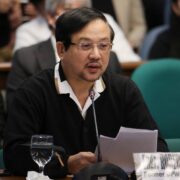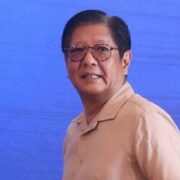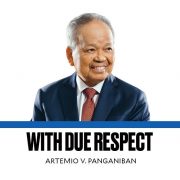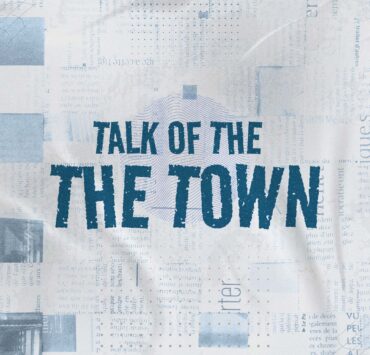Ensuring quality in tech-voc education

Technical vocational education and training, under the Technical Education and Skills Development Authority (Tesda), rests on a robust quality-assurance system—the Compliance Audit, System for TVET Accreditation and Recognition (Star) rating program, and Seal of Integrity. These mechanisms were designed to keep training and assessment ethical and industry responsive. Yet findings from the Ateneo Second Congressional Commission on Education (Edcom 2) study, “Ensuring Quality in TVET: An Analysis of Training and Assessment,” reveal a persistent gap between structure and practice.
“Some trainers hold only National Certificate Level II (NC II) and Trainers Methodology (TM) certifications, with little depth or relevant industry experience.”
Filipino TVET trainers embody passion and resilience, but structural barriers limit them. Many hold only NC II and TM certifications, with few advancing to higher NC levels or updated TM. Outdated training regulations, inconsistent learning materials, and limited immersion make programs less relevant to today’s industries. Scholars note that obsolete standards stall growth in construction, information and communications technology (ICT), agriculture, and tourism. Trainers also juggle multiple roles—teaching, assessing, reporting, and administration—earning them the label “slashers.” Burdened and overstretched, they lose opportunities for industry engagement and innovation.
“It’s difficult because I handle too many roles—training, administration, reporting … there’s just too much to do.”
Tesda’s Star Rating Program and Seal of Integrity aim to reward excellence, yet most institutions remain at one- or two-star levels. Only a handful achieve three-star status—the mark of sustained quality. Fewer than 10 percent of accredited assessment centers have earned the Seal of Integrity, reflecting how demanding national standards remain.
Compliance audits mirror this reality. Roughly one in four training programs and over 20 percent of assessment centers are found noncompliant—often due to incomplete equipment, inadequate facilities, or weak documentation. Some assessors admit specific centers appear compliant only during audits, but reuse materials or lack tools during actual assessment. Trainees themselves confess to “shortcut training”—being coached only for likely test tasks.
“Students are often trained to memorize answers tailored to the assessment format.”
The integrity of assessment also comes into question when trainers double as assessors. Even if they do not assess their own trainees, they know the content and flow, which can unconsciously shape preparation. Many now call for independent, Professional Regulation Commission-like third-party assessment bodies to ensure that certification reflects competence, not convenience.
“Trainers should not also serve as assessors because impartiality is compromised.”
Institutional gaps deepen the challenge. Public training institutions face rigid procurement and outdated equipment, while private schools struggle with sustainability. The shortage of higher-NC trainers compounds the issue, especially in construction, ICT, agriculture, and automotive sectors. Professional development remains limited; scholarships for graduate studies or industry immersion are rare. Despite partnerships, many programs still rely on obsolete tools, producing graduates who are technically competent but weak in communication and problem-solving. The lingering view of TVET as a “second-choice” track continues to deter high-performing youth.
“We really lack industry exposure.”
Even scholarship programs need recalibration. Some trainees enroll mainly for allowances, not skill mastery, leading to poor completion and employment outcomes. Administrators recommend tighter screening to ensure training builds competence, not dependency.
Tesda’s frameworks remain fundamentally strong, but their power lies in consistency, not paperwork. The study proposes urgent steps: regularly update training regulations through stronger industry collaboration, create a centralized repository of standardized materials, reduce trainers’ administrative loads, expand immersion and professional development, establish independent assessment bodies, and align scholarships with labor-market priorities.
The future of Philippine TVET depends not just on producing certified workers but on cultivating a workforce that industries trust and the world respects. Training and assessment are the twin engines of that trust—and when they run on competence and integrity, the system certifies more than skills. It certifies hope.
—————-
Victor Rosales is a professor at Mindanao State University Iligan Institute of Technology He is an Ateneo Second Congressional Commission on Education research fellow.

















